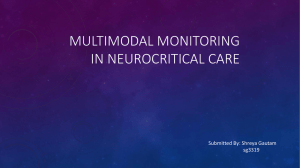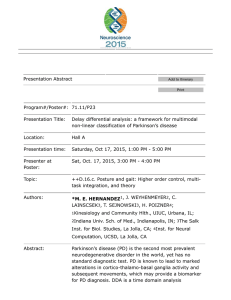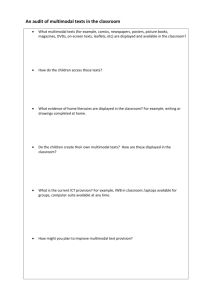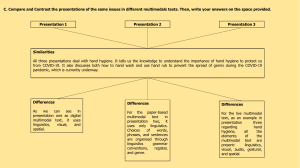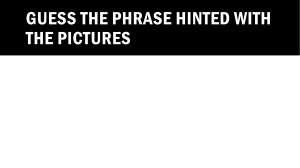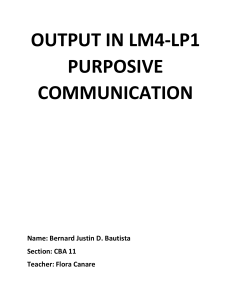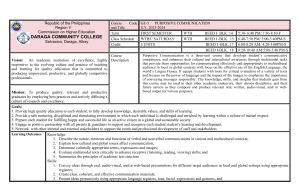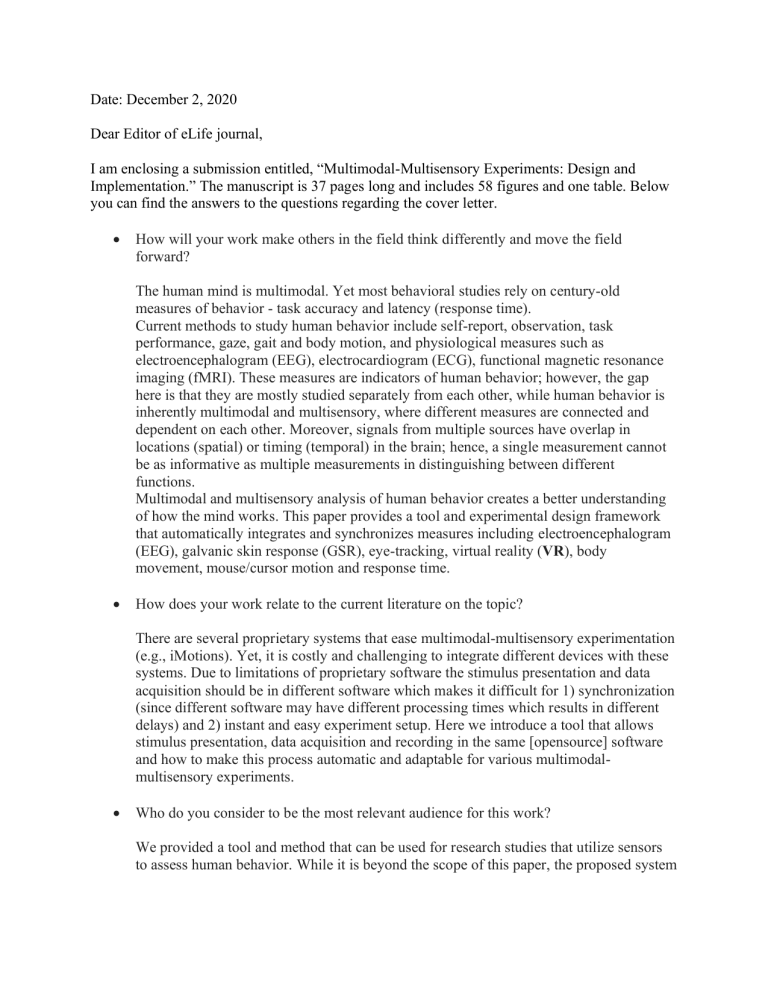
Date: December 2, 2020 Dear Editor of eLife journal, I am enclosing a submission entitled, “Multimodal-Multisensory Experiments: Design and Implementation.” The manuscript is 37 pages long and includes 58 figures and one table. Below you can find the answers to the questions regarding the cover letter. • How will your work make others in the field think differently and move the field forward? The human mind is multimodal. Yet most behavioral studies rely on century-old measures of behavior - task accuracy and latency (response time). Current methods to study human behavior include self-report, observation, task performance, gaze, gait and body motion, and physiological measures such as electroencephalogram (EEG), electrocardiogram (ECG), functional magnetic resonance imaging (fMRI). These measures are indicators of human behavior; however, the gap here is that they are mostly studied separately from each other, while human behavior is inherently multimodal and multisensory, where different measures are connected and dependent on each other. Moreover, signals from multiple sources have overlap in locations (spatial) or timing (temporal) in the brain; hence, a single measurement cannot be as informative as multiple measurements in distinguishing between different functions. Multimodal and multisensory analysis of human behavior creates a better understanding of how the mind works. This paper provides a tool and experimental design framework that automatically integrates and synchronizes measures including electroencephalogram (EEG), galvanic skin response (GSR), eye-tracking, virtual reality (VR), body movement, mouse/cursor motion and response time. • How does your work relate to the current literature on the topic? There are several proprietary systems that ease multimodal-multisensory experimentation (e.g., iMotions). Yet, it is costly and challenging to integrate different devices with these systems. Due to limitations of proprietary software the stimulus presentation and data acquisition should be in different software which makes it difficult for 1) synchronization (since different software may have different processing times which results in different delays) and 2) instant and easy experiment setup. Here we introduce a tool that allows stimulus presentation, data acquisition and recording in the same [opensource] software and how to make this process automatic and adaptable for various multimodalmultisensory experiments. • Who do you consider to be the most relevant audience for this work? We provided a tool and method that can be used for research studies that utilize sensors to assess human behavior. While it is beyond the scope of this paper, the proposed system is not limited to behavioral research and it can be used for any research that needs to synchronize multiple sensors. • Have you made clear in the letter what the work has and has not achieved? We have briefly explained the achievements of our paper in this cover letter. Also, in section 6.2 (Discussion and Future Work) of the paper, we have discussed the achievements, the future work, and the studies that can be conducted on top of our system. Thank you in advance for your assistance. Sincerely, Takashi Yamauchi Department of Psychological and Brain Sciences Texas A&M University takashi-yamauchi@tamu.edu
